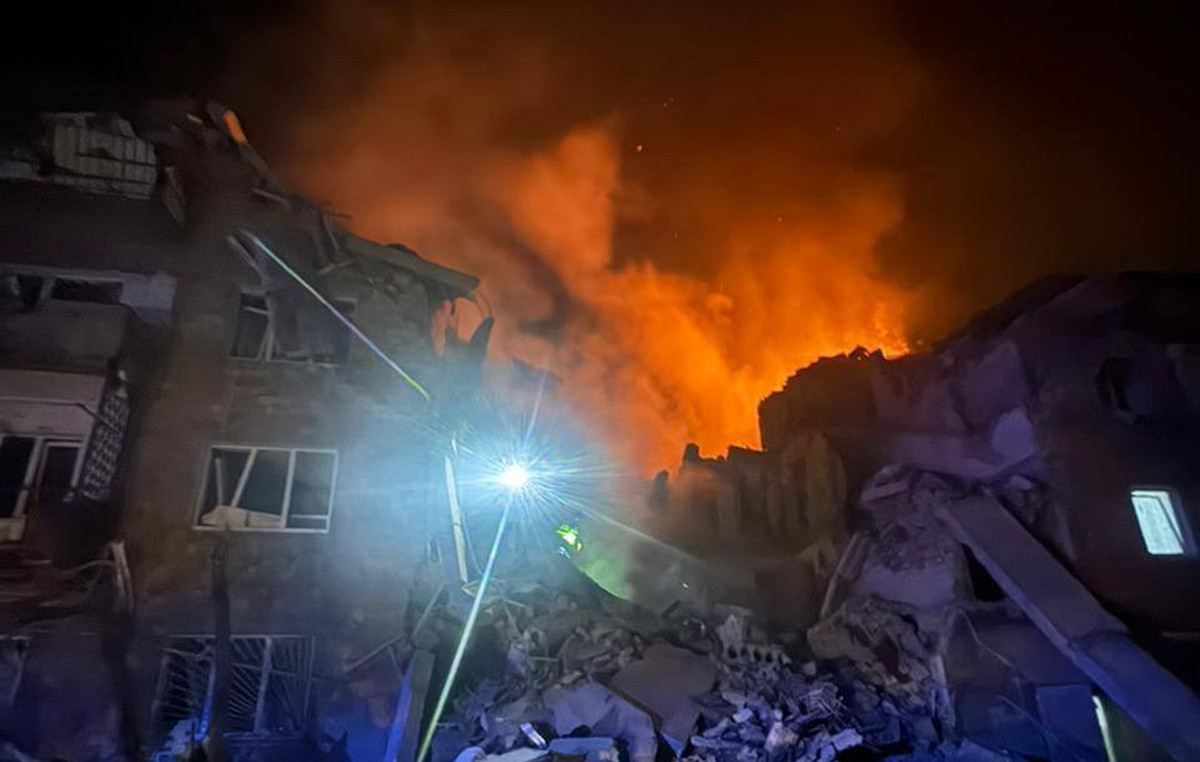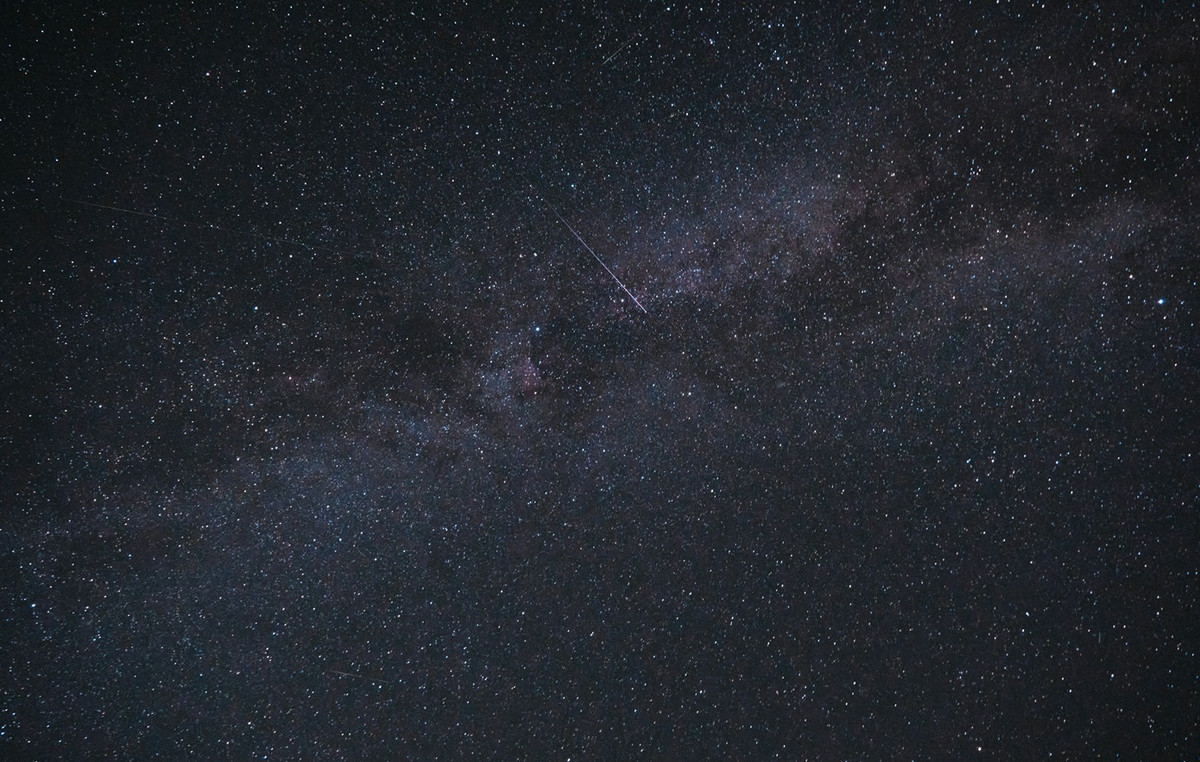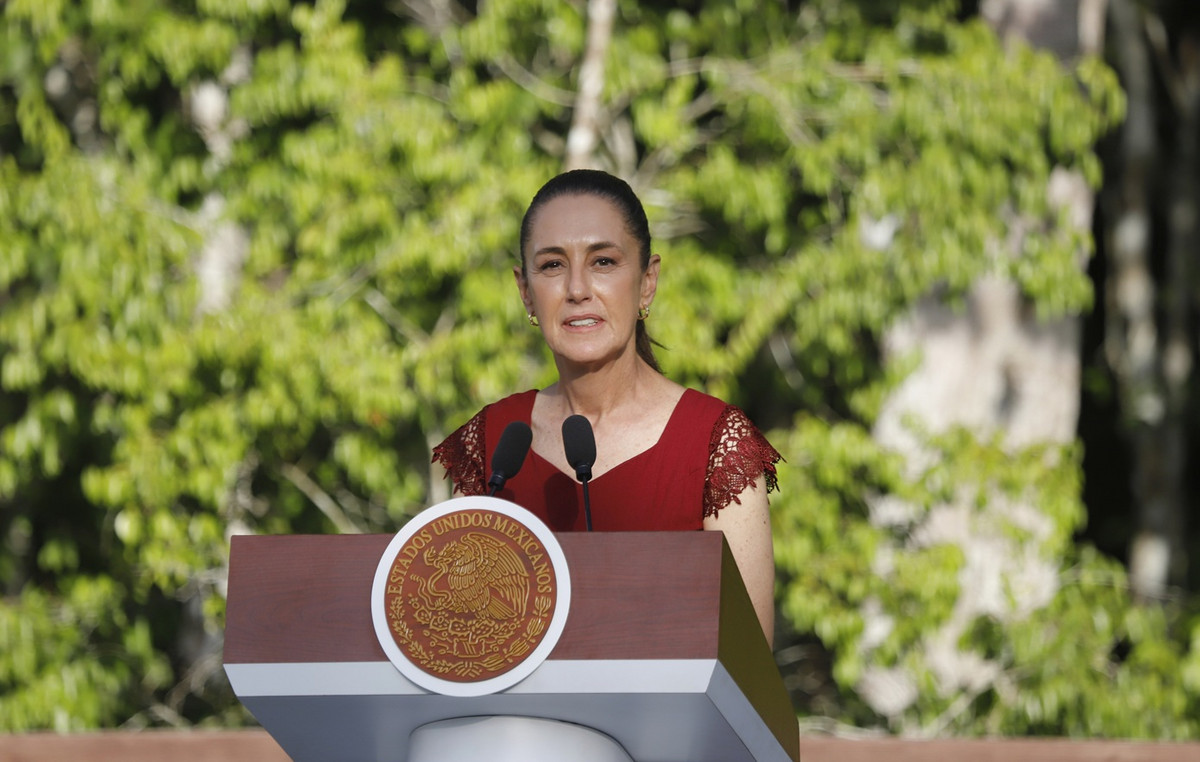What is the highest mountain on Earth? The answer may be more debated than you think. If we measure the altitude above sea level, the Mount Everest at 8,849 meters and located on the border between Tibet and Nepal, is clearly the highest point in the world. But if we measure from the base to the top, the Mauna Kea an inactive volcano in Hawaii, United States, at 10,211 meters, is even taller.
There is also another competitor: Mount Chimborazo an inactive stratovolcano in the Western Andes Mountains of Ecuador. Measured from sea level, Chimborazo is about 2,585 meters lower than Everest, but its peak is 2,072 meters further from the center of the Earth, making it the closest point to the stars in the world.
“If you imagine the Earth as a blue dot in space, it’s the furthest place you can be from the center of that point,” he explains. Derek van Westrum physicist at the National Oceanic and Atmospheric Administration (NOAA).
This is due to Chimborazo’s location, just 1.5 degrees south of the equator, where the planet has a slight bulge due to its rotation. This bulge makes Chimborazo further from the center of the Earth than mountains like Everest. .
Ecuador has promoted Chimborazo as a destination for ordinary adventurers, in contrast to Everest or Aconcagua, which require more preparation and financial investment. Just four hours from Quito, Chimborazo offers an affordable opportunity for mountain lovers.
Climbing Chimborazo
Although Chimborazo is only the 39th highest mountain in the Andes when measured from sea level, in the 19th century it was thought to be the highest point in the world. Alexander von Humboldt he attempted to climb it in 1802, reaching around 5,900 meters. His attempt inspired many Europeans to follow in his footsteps, including Edward Whymper, the first to reach the summit in 1880.
Currently, around 500 climbers attempt to reach the top each year, with only half succeeding due to altitude and weather conditions.
The main season for climbing is from September to February, when the weather is milder. However, the mountain can be climbed all year round thanks to its tropical location and relatively constant temperatures.
The country’s highest mountains have a surprisingly mild climate considering they are located in the tropics, and the amount of sunlight throughout the year varies very little . Most peaks are also close to cities like Quito or Cuenca, making access easy. Chimborazo, for example, is practically halfway between the two, close to the Pan-American Highway.
“More and more people are coming to prepare and train for great challenges in Chimborazo,” says Santiago Granda. “Here, you’re further from the center of the Earth and closer to the stars than anywhere else with your feet on the ground — and that’s a big draw.”
Those who venture to climb Chimborazo usually do it in two days very different from the two months it would take to climb Everest. Of course, it’s important to do a week of acclimatization activities before the climb, he explains. Christian Valencia CEO of Activeexpedition, a mountaineering agency in Quito.
Valencia suggests that, before Chimborazo, adventurers start by climbing smaller mountains, such as Cayambe, Iliniza Sur or Cotopaxi, descending to lower altitudes each night to facilitate adaptation. “It’s a technical climb, so you need to practice with crampons and ice axes before tackling Chimborazo,” he adds.
Ice merchants and Inca sacrifices
Valencia, like many Ecuador guides, also offers options for quieter adventures in Chimborazo. Day hikes, climbing to 5,180 meters, usually come after four days of acclimatization on the famous Quilotoa Loop trail. Additionally, visitors can explore the Whymper Refuge, the mirror-reflecting Condor Cocha Lagoon, and tropical glaciers that are symbols of climate change.
Many go to these glaciers to meet Baltazar Ushca, the last “hielero” (ice seller) of Chimborazo. For generations, indigenous men extracted blocks of ice to sell in local communities, but with the advent of refrigeration, this tradition almost disappeared. Today, Ushca, over 80 years old, is the only one who continues to descend the mountain carrying blocks of ice to Riobamba, where they are used in a famous drink called “quebra-neck”.
Other visitors come to Chimborazo for its unique alpine landscape. “For many Ecuadorians, it is the first time they have seen snow” comments Granda. “Even if they don’t come to climb, they visit the lagoon, which has become a very popular destination.”
The mountain is also home to 8,000 wild vicuñas, the ancestors of alpacas, and Home to the largest hummingbird in the world which flies around a plant called chuquiraga. There are also queuña forests, which are trees that can survive at higher altitudes than any other species.
Another fascinating aspect is the pre-Columbian history of Chimborazo. In Inca times, young women and children were sacrificed on the mountain, believing that these rituals would bring good harvests. To this day, indigenous peoples revere Tayta Chimborazo, the “Father Chimborazo”, as a protective god. Local legends tell of its tempestuous relationship with Tungurahua, a smaller and more active volcano.
Valencia says the Chimborazo has a deep meaning for all Ecuadorians, even appearing on the national coat of arms. “It doesn’t matter how many times I go,” he says. “I always feel a powerful energy every time I visit.”
Discover the ghost town in Türkiye that has remained empty for over a century
The post What’s it like to climb Monte Chimborazo, the closest point to the stars? appeared first on CNN Brasil V&G.
Source: CNN Brasil
Johanna Foster is an expert opinion writer with over 7 years of experience. She has a reputation for delivering insightful and thought-provoking articles on a variety of subjects. Her work can be found on some of the top online news websites, and she is currently lending her voice to the world stock market.







